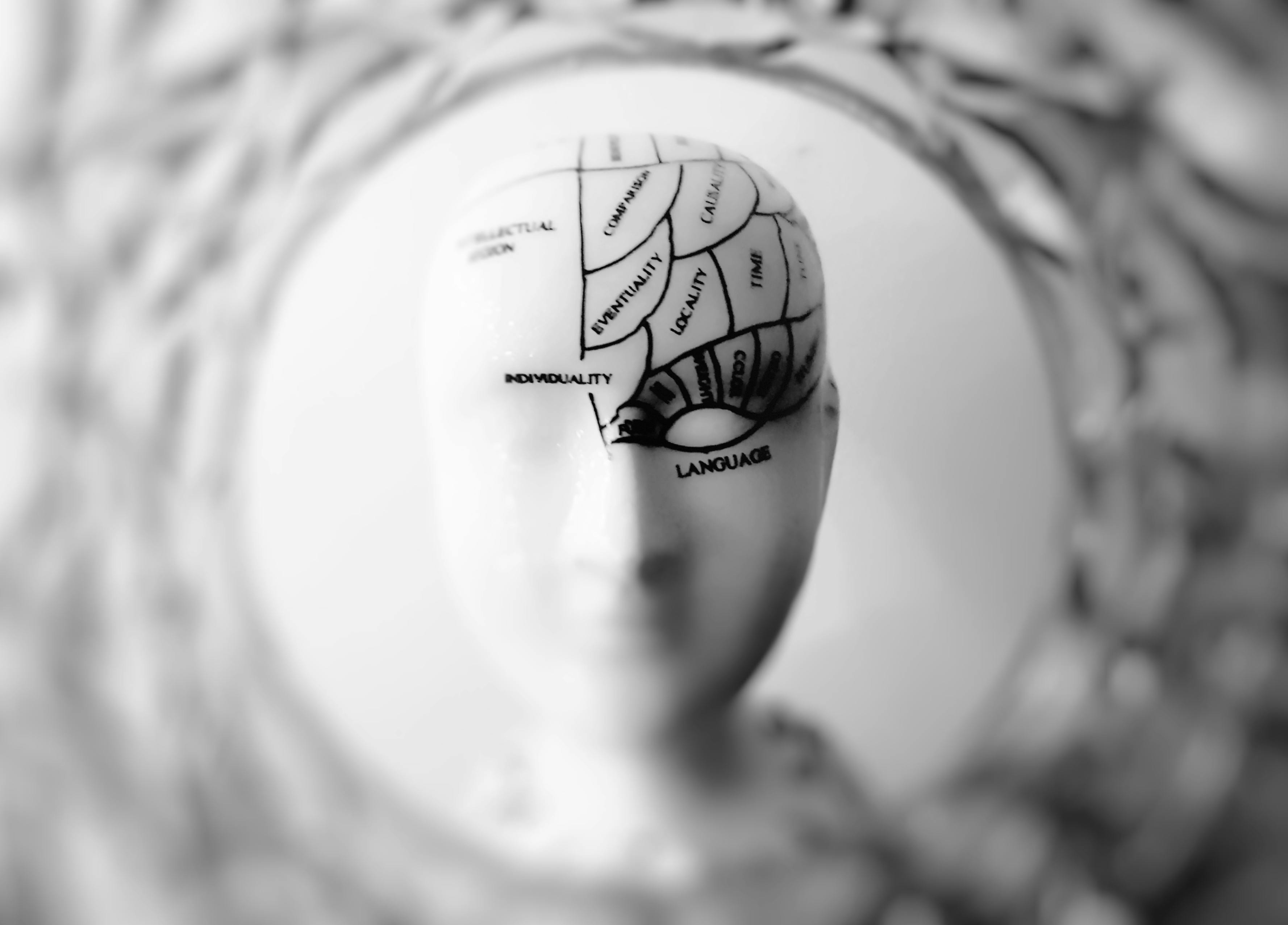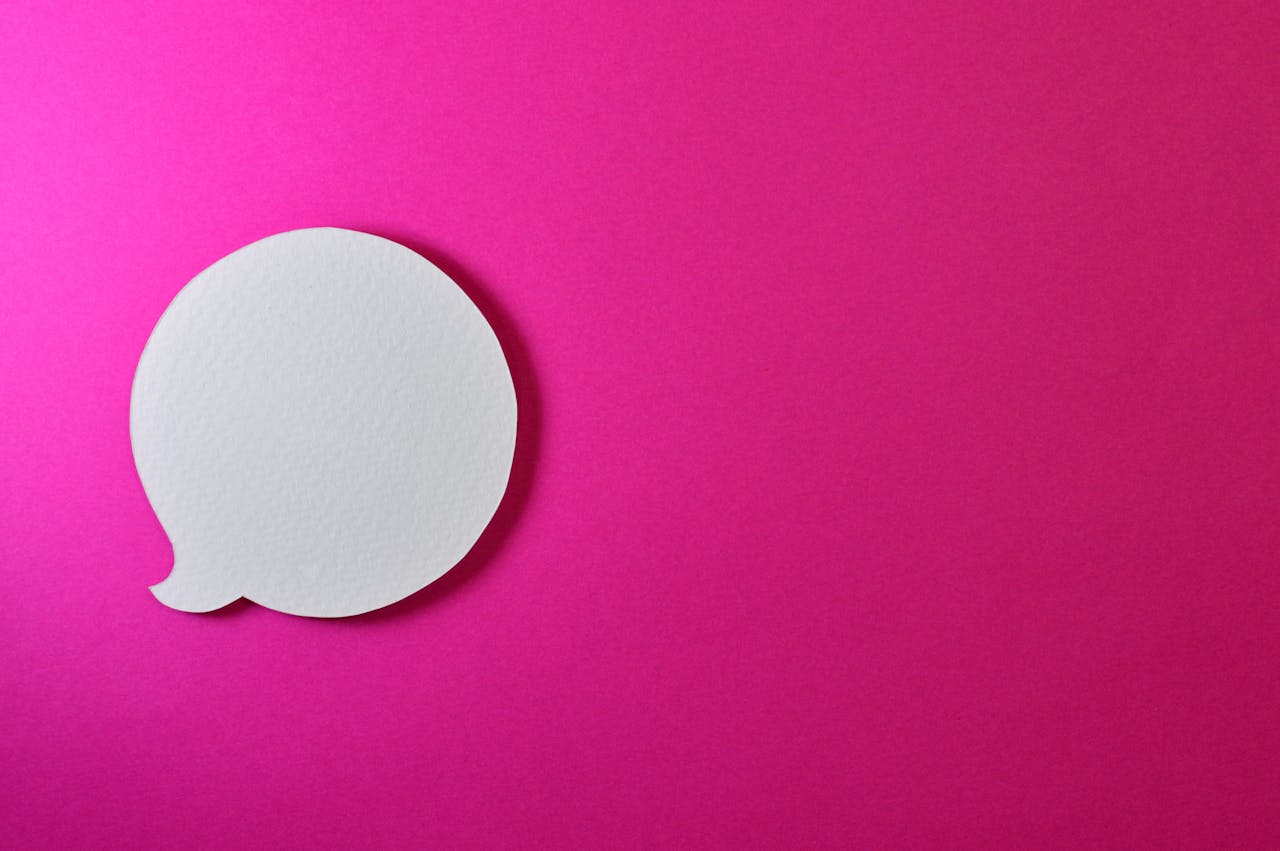The Psychology of User Decision-Making: How to Design for Persuasion

As UX professionals, our goal is to create products that people love to use, find easy to navigate, and can't help but engage with. But have you ever paused to think about what goes on in a user's mind when they're making decisions? Understanding these psychological factors can help us not just build functional products, but ones that truly connect and persuade. In this article, let's dive into the psychology of user decision-making and uncover some practical tips on how to design for persuasion.
The Science of Decision-Making

Research in psychology and neuroscience has shown that decision-making is a complex process that involves both rational and emotional thinking. Here are some key insights:
- The brain processes emotions before logic (Damasio, 2004)
- Loss aversion is a powerful motivator (Kahneman & Tversky, 1979)
- Social influence can shape our decisions (Cialdini, 2009)
Designing for Persuasion

Alright, now that we know a bit about what makes people tick, let's talk about how we can use this knowledge to design products that really hit the mark. Here are some handy tips:
- Emotional Storytelling: Get people right in the feels by weaving stories that resonate with their values and needs.
- Highlight Benefits: Instead of boring feature lists, show folks what's in it for them. Focus on the benefits!
- Use Social Proof: Showcase user testimonials, ratings, and reviews to demonstrate social influence.
- Create Urgency: Sometimes a gentle nudge in the form of a limited-time offer or a countdown timer can work wonders.
- Keep it Simple: Make sure your product is as easy to use as humanly possible. Nobody wants to deal with unnecessary complexity.
- Personalize Experiences: Treat users like the unique individuals they are. Tailor your product to their preferences and behaviors.
- Make it Fun: Add a sprinkle of gamification – challenges, rewards, progress bars – anything to keep the journey enjoyable!
Case Studies

Let's look at some examples of products that have successfully applied these principles:
- Apple's "Think Different" campaign used emotional storytelling to create a sense of belonging among users.
- Amazon's "Frequently Bought Together" feature uses social proof to influence purchasing decisions.
- Dropbox's "Get 2GB Free" offer creates a sense of urgency and encourages users to sign up.
- Netflix's recommendation system utilizes personalized experiences to keep users engaged and entertained.
- Duolingo's gamified language-learning app motivates users through progress tracking and rewards.
The Power of Visual Design

Visual design is a powerful tool in shaping user perception and influencing decision-making. Elements such as color, typography, and layout can evoke specific emotions and create a memorable user experience. For example, using vibrant colors can convey excitement or urgency, while clean typography enhances readability and professionalism.
Effective visual design strategies can be applied to enhance persuasion in product design. By creating visually appealing interfaces that align with users' preferences and goals, designers can capture attention and encourage action. For instance, using contrasting colors for call-to-action buttons can draw users' attention and prompt them to click.
Ethical Considerations in Persuasive Design

When designing for persuasion, it's essential to consider the ethical implications of influencing user behavior. Transparency and respect for user autonomy should be prioritized to ensure ethical persuasive design practices. Designers must avoid manipulative tactics and prioritize the well-being of users.
Guidelines for ethical persuasive design include providing clear information about persuasive elements, obtaining informed consent from users, and empowering users to make autonomous decisions. By fostering trust and transparency, designers can create positive user experiences that prioritize user welfare.
Behavioral Economics and Decision Architecture
.jpg)
Behavioral economics and decision architecture offer valuable insights into understanding user behavior and designing persuasive experiences. Concepts such as nudging and choice architecture can be leveraged to guide users towards desired actions while preserving their freedom of choice.
For example, using default options or simplifying decision-making processes can nudge users towards desirable outcomes without restricting their autonomy. By understanding cognitive biases and heuristics, designers can create persuasive design interventions that align with users' mental models and decision-making processes.
Cross-Cultural Considerations

Cultural differences significantly impact user decision-making and the effectiveness of persuasive design techniques. Designers must consider diverse cultural contexts when designing products for global audiences.
Adapting persuasive strategies to different cultural contexts involves understanding cultural values, norms, and preferences. By tailoring design approaches to accommodate cultural diversity, designers can create more inclusive and effective persuasive experiences that resonate with users from various backgrounds.
User Feedback and Iterative Design

User feedback plays a crucial role in refining persuasive design strategies and improving user experiences. Incorporating iterative design processes allows designers to gather insights from real-world usage data and iteratively optimize product features based on user feedback.
Methods for collecting user feedback include usability testing, surveys, and analytics. By analyzing user feedback and iteratively iterating design solutions, designers can identify areas for improvement and validate design decisions, ultimately leading to more effective persuasive designs.
The Role of Trust and Credibility

Trust and credibility are essential factors that influence users' willingness to engage with persuasive design elements. Establishing trust is critical for building long-term relationships with users and fostering loyalty.
Strategies for building trust include prioritizing transparency, consistency, and reliability in product design. Providing clear communication, safeguarding user data, and delivering on promises contribute to building trust and credibility.
Measuring Persuasion and Effectiveness

Measuring the effectiveness of persuasive design techniques is crucial for evaluating the success of a product or campaign. Various methodologies can be employed to assess persuasion and effectiveness, including A/B testing, user surveys, and behavioral analytics.
Key metrics such as conversion rates, engagement levels, and user satisfaction can provide valuable insights into the impact of persuasive design strategies. By analyzing these metrics, designers can identify strengths and weaknesses in their designs and make informed decisions to optimize persuasive outcomes.
Future Trends in Persuasive Design

The future of persuasive design is influenced by emerging trends and technologies that offer new opportunities for engaging users. Technologies such as artificial intelligence, virtual reality, and voice interfaces present unique avenues for designing persuasive product experiences.
However, incorporating emerging technologies into persuasive design also poses challenges such as privacy concerns and ethical considerations. Designers must stay informed about these trends and adapt their strategies to leverage the potential of new technologies while addressing associated risks.
Conclusion
Designing for persuasion is not about manipulating users but about understanding their psychological needs and motivations. By applying the principles outlined in this article, you can create products that not only meet user needs but also influence their decisions. Remember, the goal is to create a win-win situation where users benefit from using your product and your business benefits from their engagement.
